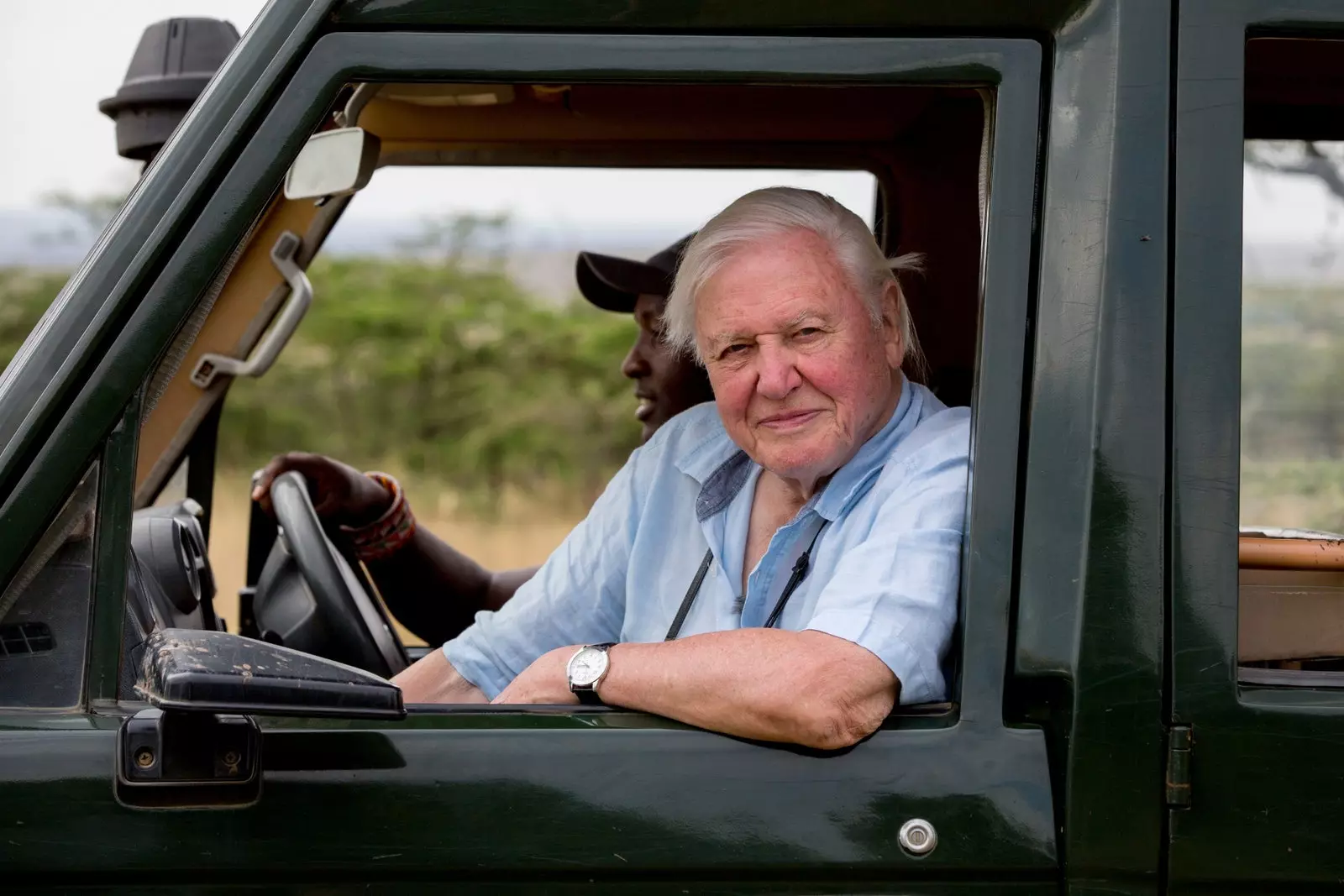
Sir David Attenborough in the Maasai Mara Game Reserve, Kenya (David Attenborough: A Life on Our Planet)
Here is what an influencer is, but a real influencer, one that we want with all our might to influence the new generations. Nothing more and nothing less than David Attenborough has achieved five and a half million followers on Instagram in just a few days. His presentation video has almost 18,000 million views and has been interviewed virtually by personalities as disparate as David Beckham or little Prince George, heir to the British throne.
But what is it that has prompted the adventurer, disseminator, scientist to present himself like this, suddenly, on social networks at 94 years of age? How could it be otherwise, has been his fervent activism against climate change what has led him to use this mobile application to promote his new documentary film David Attenborough: A Life on Our Planet, premiered on the Netflix platform last October 4.
For those of us who are no longer so young It has been a consolation to hear again that "Hi I'm David Attenborough", the (environmental) war cry that for decades has preceded his grandiose productions related to the natural world. That which we hope will also record, in addition to their mobiles, in their heads forever the new generations, whose own survival, according to the British in the documentary, will depend largely on what they learn and manage to change in the present, which is being a critical moment for the planet.
"Our planet is headed for disaster. We need to learn to work with nature and not against it," we hear Attenborough warn, as runs through –as an exceptional witness– his own life (almost a hundred years old) exposing the changes and imbalances that have occurred on Earth from the 30s of the last century to the present day. He does so by passionately narrating his personal achievements –he keeps repeating how lucky he has been to have been able to explore the world's wildest places– but he also uses scientific data to corroborate his own testimony: in 1837 there were 66% virgin areas on Earth; in 2020 we only have 35% left.
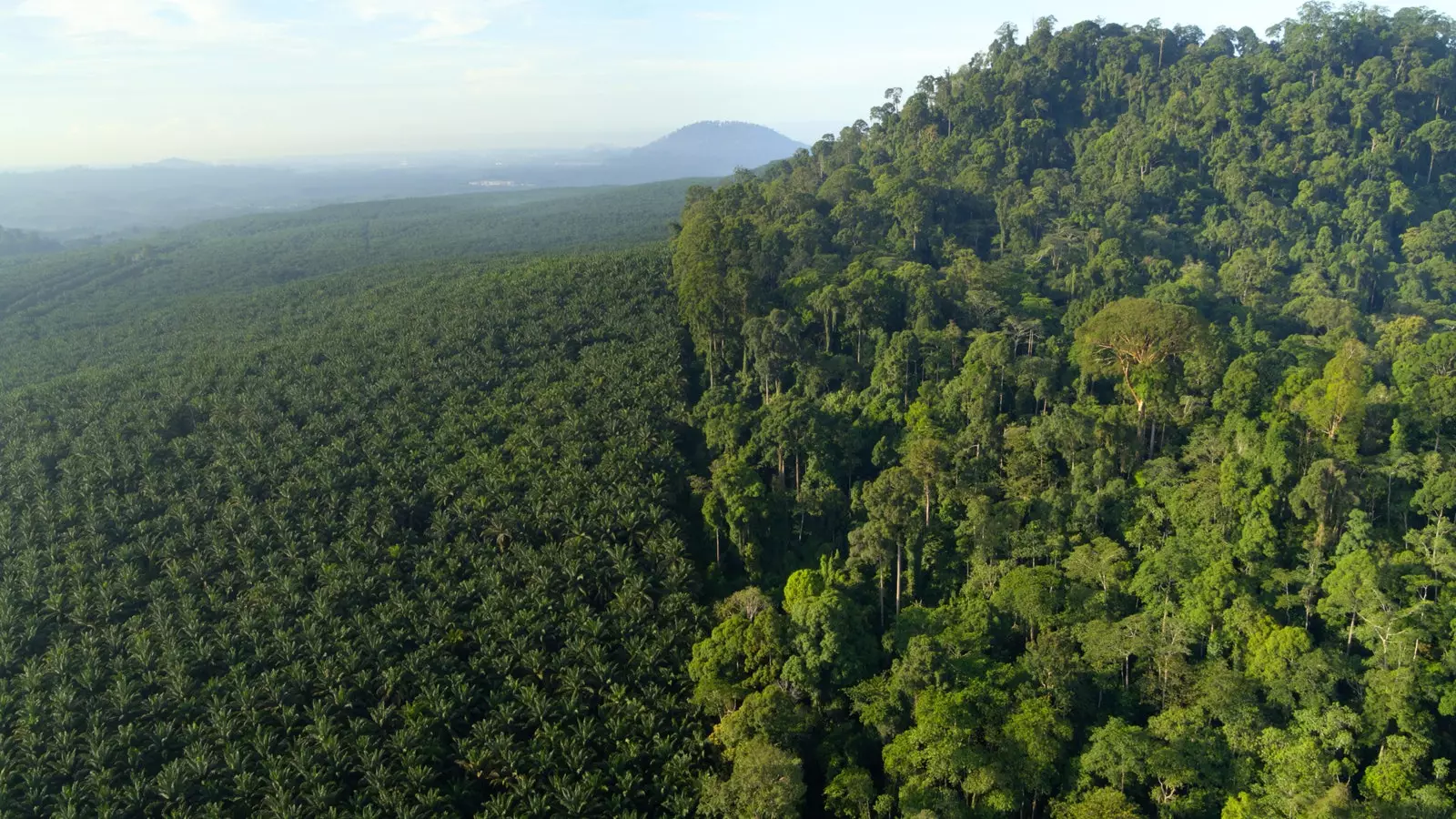
Palm plantation next to a jungle area in Borneo (David Attenborough: A Life on Our Planet)
This is how the first part of the film takes place, teaching us what the Holocene (nomenclature given by scientists to our era) and explaining to us how for 65 million years the Earth has been working on the reconstruction of the living world since the last mass extinction happened, the one that ended the age of the dinosaurs. Because, according to the naturalist and as geology shows, There have been five mass extinctions on our planet, and the worst thing is that we would be on the verge of the sixth.
For the human being “the Holocene has been the garden of delights”, assures the Emmy-winning narrator, since thanks to his continuous balance we have managed to develop and progress, but also take the planet to exhaustion.
A new disaster is coming, and the worst thing is that we are not noticing it, since the loss of the wildest places on the planet, as well as its biodiversity, is bringing with it a deadly imbalance: “The living world is a unique and spectacular wonder. Billions of individuals from millions of species of plants and animals of great variety and richness collaborating to benefit from the energy of the sun and the minerals of the earth, leading lives that are interrelated in a way that sustains each other.” Or put another way: by destroying biodiversity we are destroying ourselves.
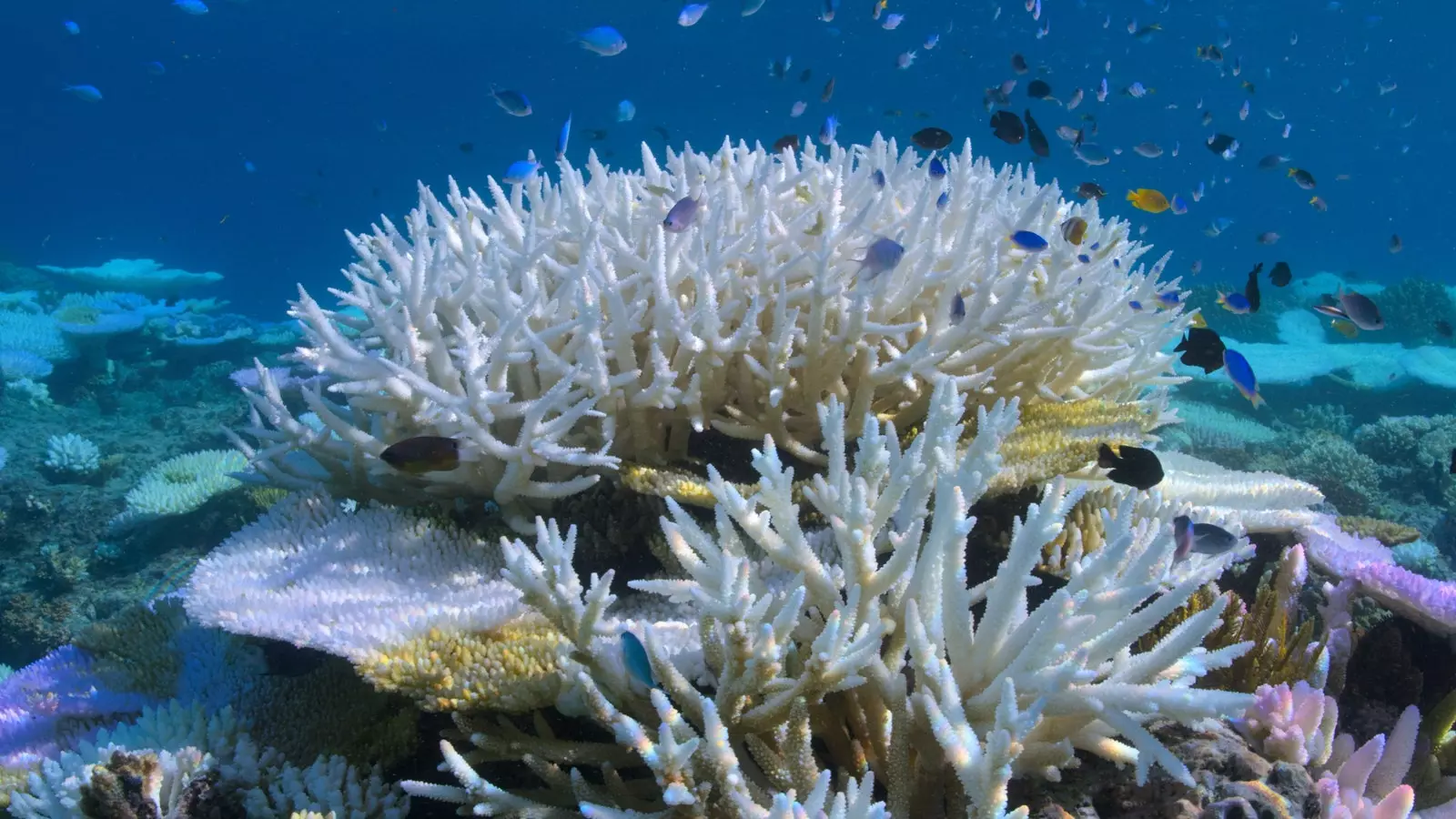
Coral bleaching as a result of global warming (David Attenborough: A life on our planet).
Which brings us to the second and terrifying part of the documentary, when Attenborough shows us the damage caused by your generation on the planet (massive fishing and cultivation, acidity and warming of the water, destruction of habitat in forests and jungles, etc.) and the tragic consequences What would it bring if the next one continued to participate in this global decline.
Decade by decade, from the present moment to the year 2100, the film shows us the future like a house of cards in which each letter falls one by one, irremediably dragging the next one into the abyss: the felling of the Amazon alters the global hydrological cycle, the Arctic would run out of ice in summer and therefore less solar energy is reflected back into space, the north melts releasing methane, the sea continues to warm up and the water becomes much more acidic, which causes the coral reefs to die and therefore the fish population to decline, food production in the fields is depleted and pollinating insects disappear, the planet's temperature rises four degrees Celsius and a part of the planet becomes uninhabitable, so millions of people are left homeless…
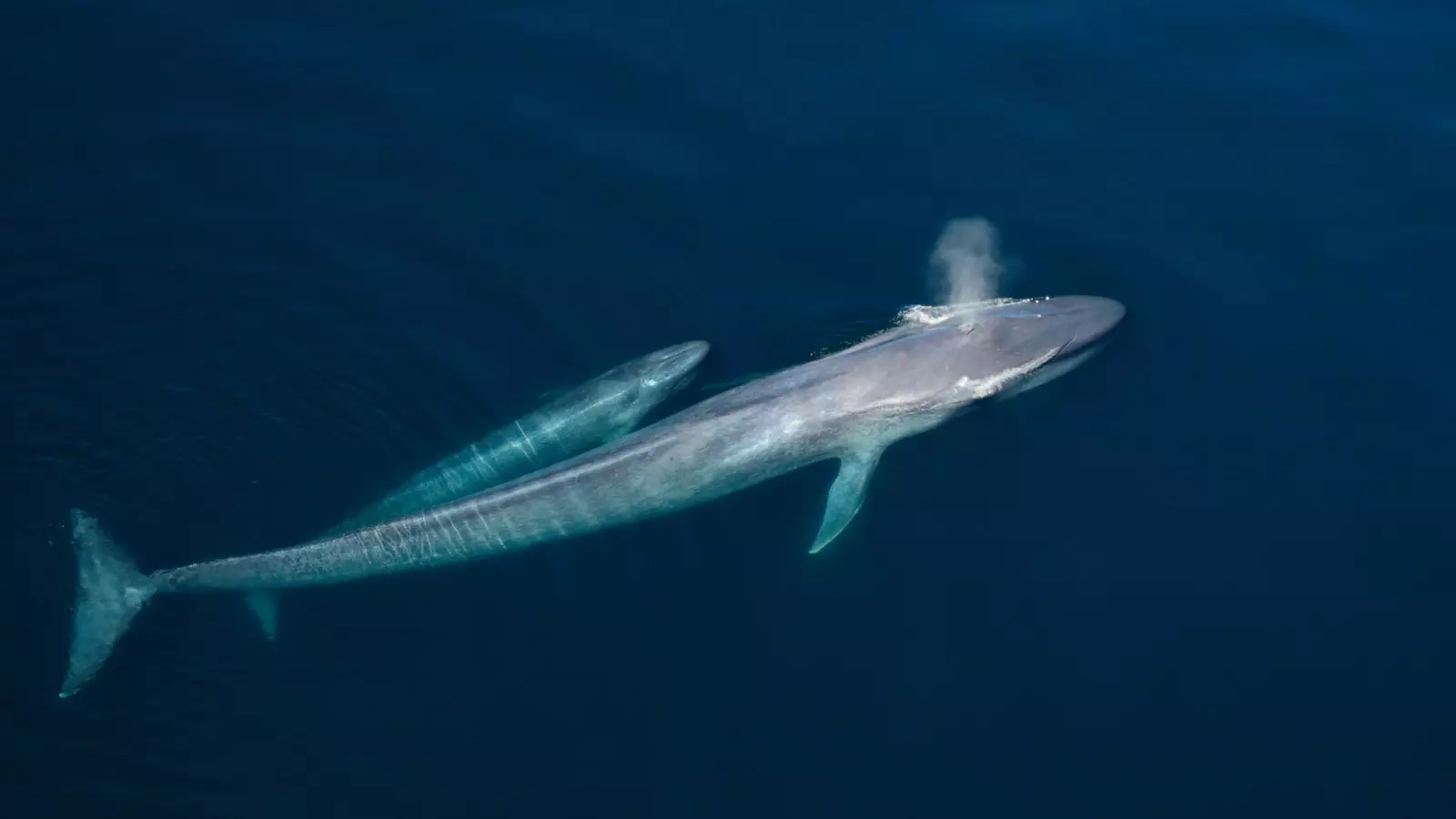
A blue whale and her calf (David Attenborough: A life on our planet).
The sixth mass extinction comes in just 100 years and nobody knows how it happened... or, rather, we did know, but we didn't want to pay attention to the signals that the planet sent us.
Are we to settle for this? narrative outcome based on such dire predictions ? No, the halo of hope reaches the end of David Attenborough: A Life on Our Planet in the form of 'simple' solutions, some that we are not going to reveal to you and that you will have to see on Netflix, but that (careful, spoiler!) they have a lot to do with common sense, the least common of senses: "If we take care of nature, nature takes care of us", David Attenborough's words.
SUBSCRIBE HERE to our newsletter and receive all the news from Condé Nast Traveler #YoSoyTraveler
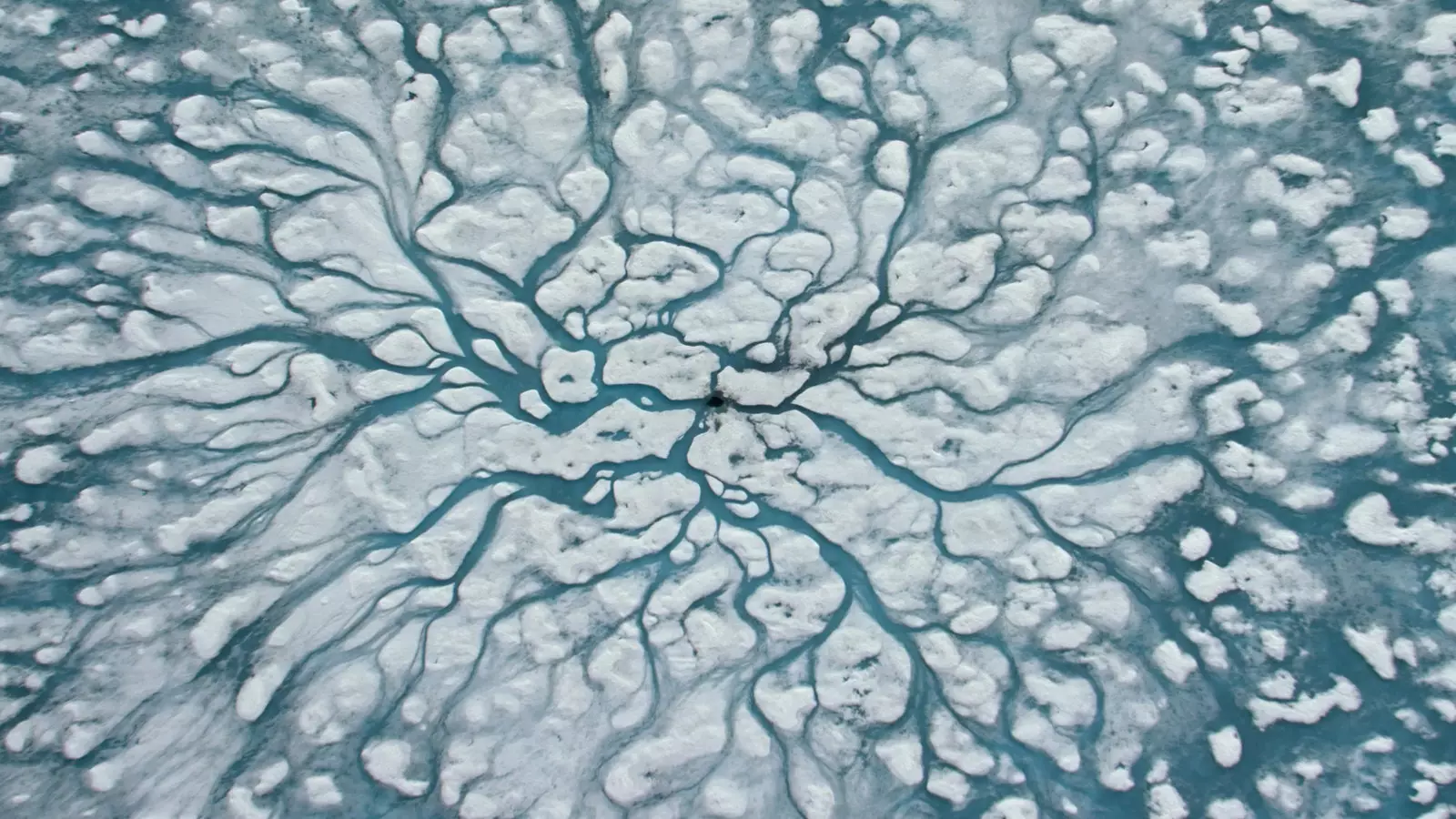
Ice in the Arctic Ocean (David Attenborough: A Life on Our Planet).
